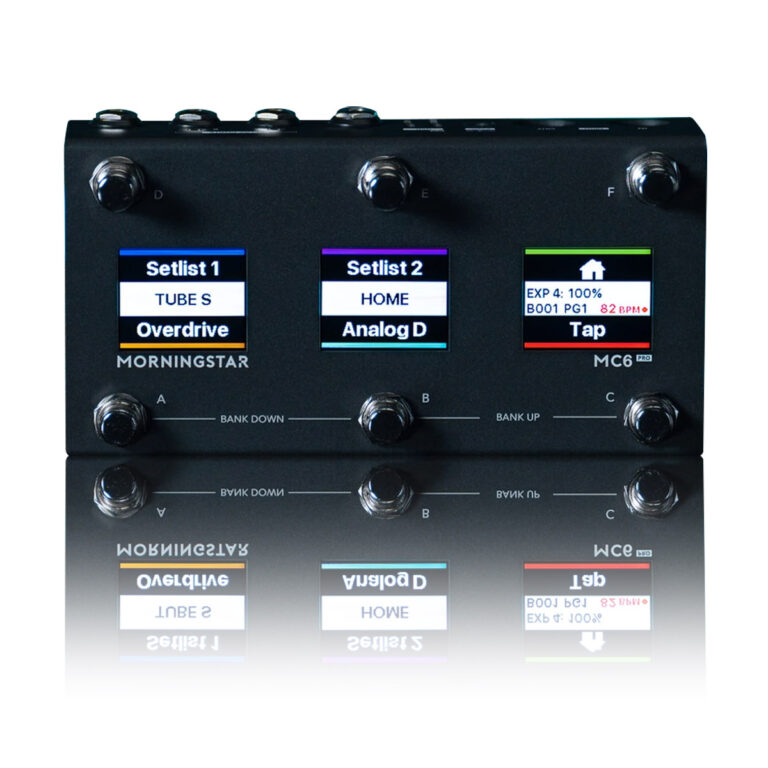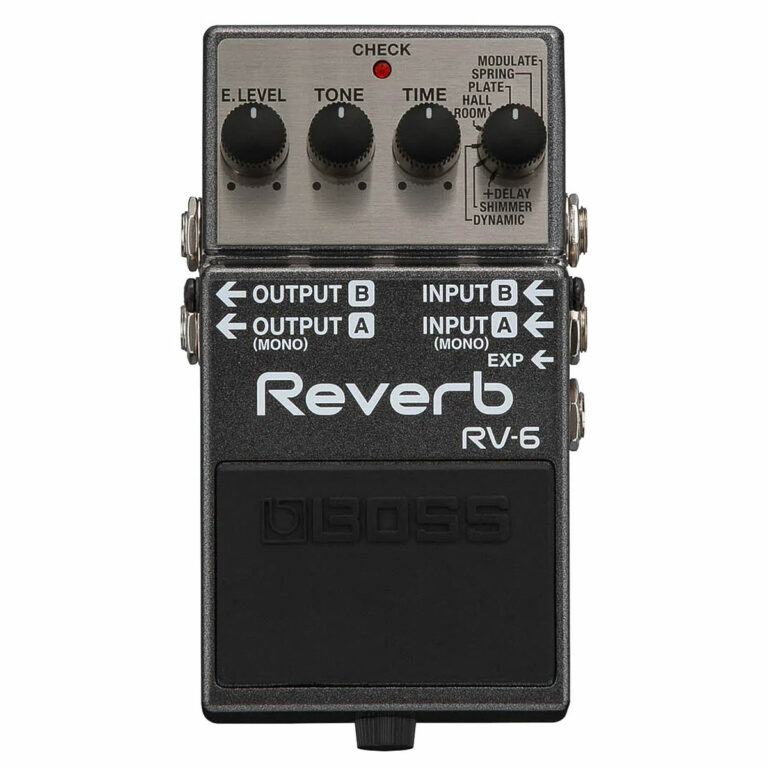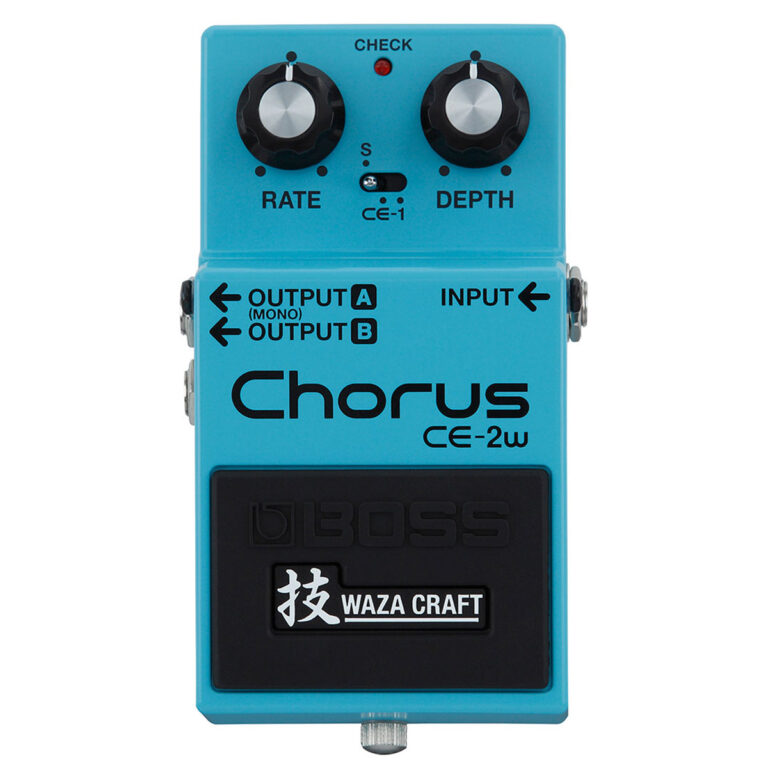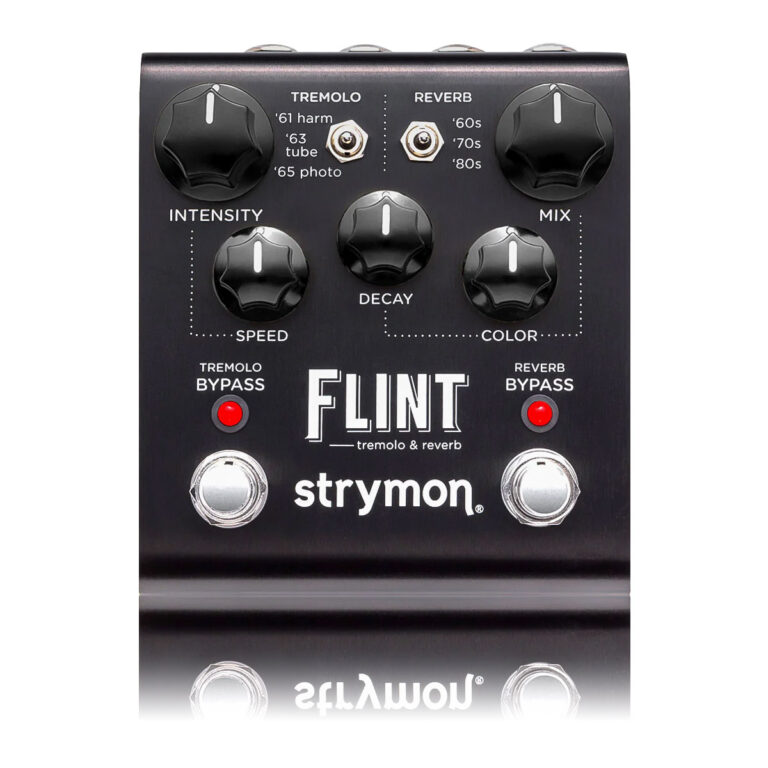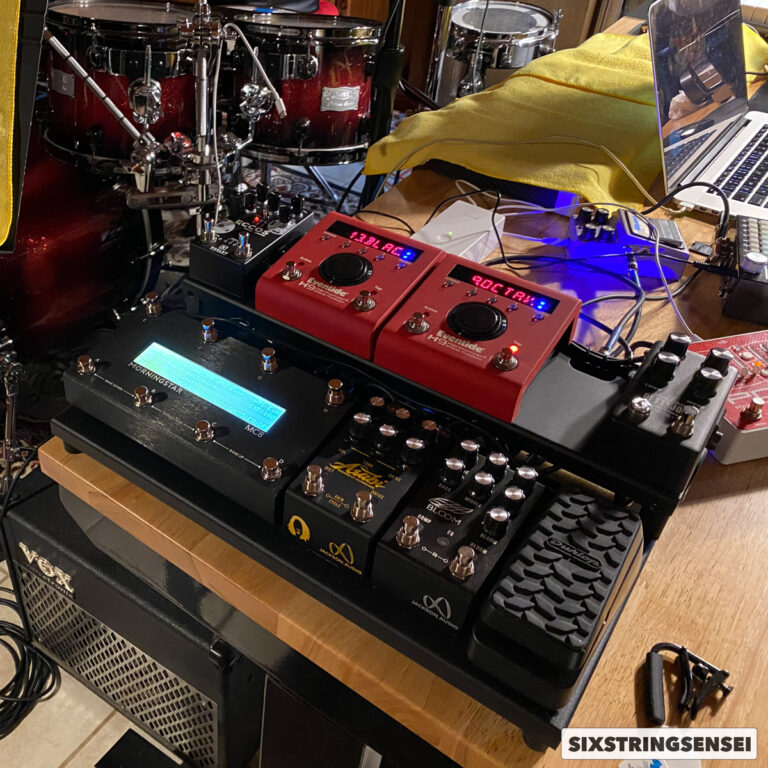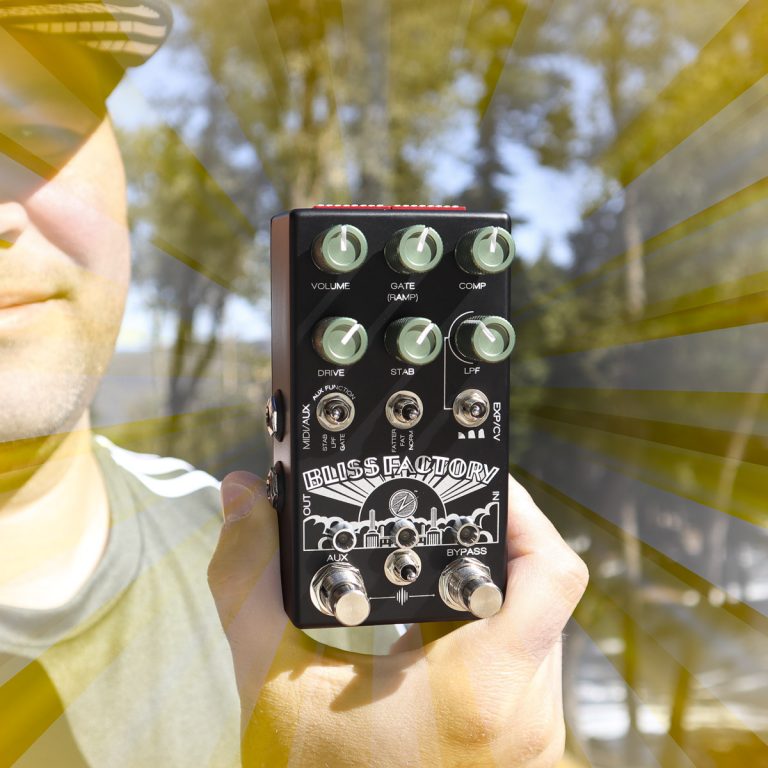Walrus Audio Meraki Stereo Analog Delay Blacked Out
One of the most jaw-dropping pedal releases for this season is the Walrus Audio Meraki Stereo Analog Delay. This analog delay is new breaking ground for Walrus Audio.
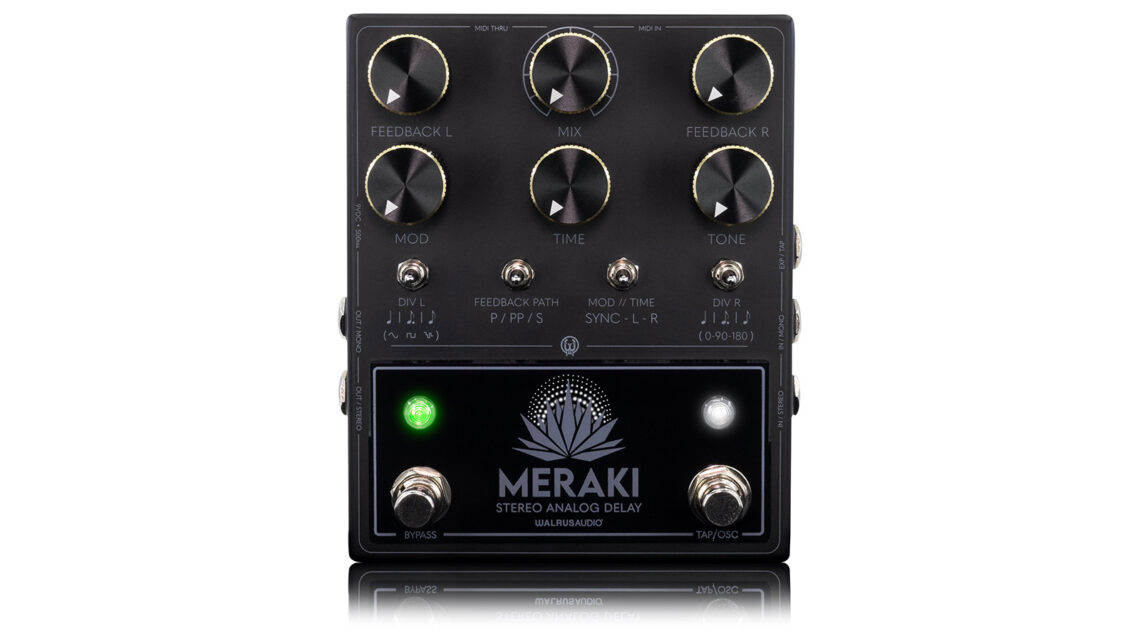
I just posted a new article about special edition Black Friday guitar pedals and this thing drops and blows everyone’s mind. This is more than just a cool black colorway for Black Friday. This truly is a unique release and deserves a post all of its own.
Now, Walrus Audio isn’t new to really elaborate guitar pedals with MIDI. A perfect example is the Mako Series. However, those are all digital pedals and even though I own two of them, the Mako Series D1 Delay and M1 Modulation, I always wished that at least the D1 and the R1 had analog dry-through.
Well, with the new Walrus Audio Meraki Stereo Analog Delay we don’t even have to worry about analog dry-through, because the entire signal path is analog! It looks amazing too. This is why I say this is new ground for Walrus Audio… like, taking on the greats like the Boss DM-101 or possibly even analog giants like Chase Bliss Thermae. Heck, the Meraki is STEREO.
But check this… It’s analog and has STEREO INs and OUTs!
Boss only gave us mono in, stereo out on the DM-101. I’m not complaining too much. I own one and love it. But stereo ins and outs on an analog delay is ace. Thank you Walrus Audio. Furthermore, the Walrus Audio Meraki offers the option of true-bypass or buffered bypass.
That’s my part done. I’m truly excited about this one. I’ll post the specs below straight from the Reverb listing. I don’t normally copy + paste, but there’s no point in me rewriting these.
I’ll point out some of what I’m noticing though.
- Delay times up to 1200ms. That’s good.
- True-bypass! Yes, I wish my Boss DM-101 has true-bypass. I have a reverb pedal after it anyway. That’s last in chain.
- It has full size MIDI in and outs. TRS Midi is cool and all, but you can’t beat the convenience of full size MIDI ports when they actually fit.
- 500ma current draw. You’re going to need a hefty power supply. I wouldn’t use the Strymon ZUMA with this one, even though it’s within spec. I think it’s too close. I’d use a Cioks DC-7 for this bad boy.
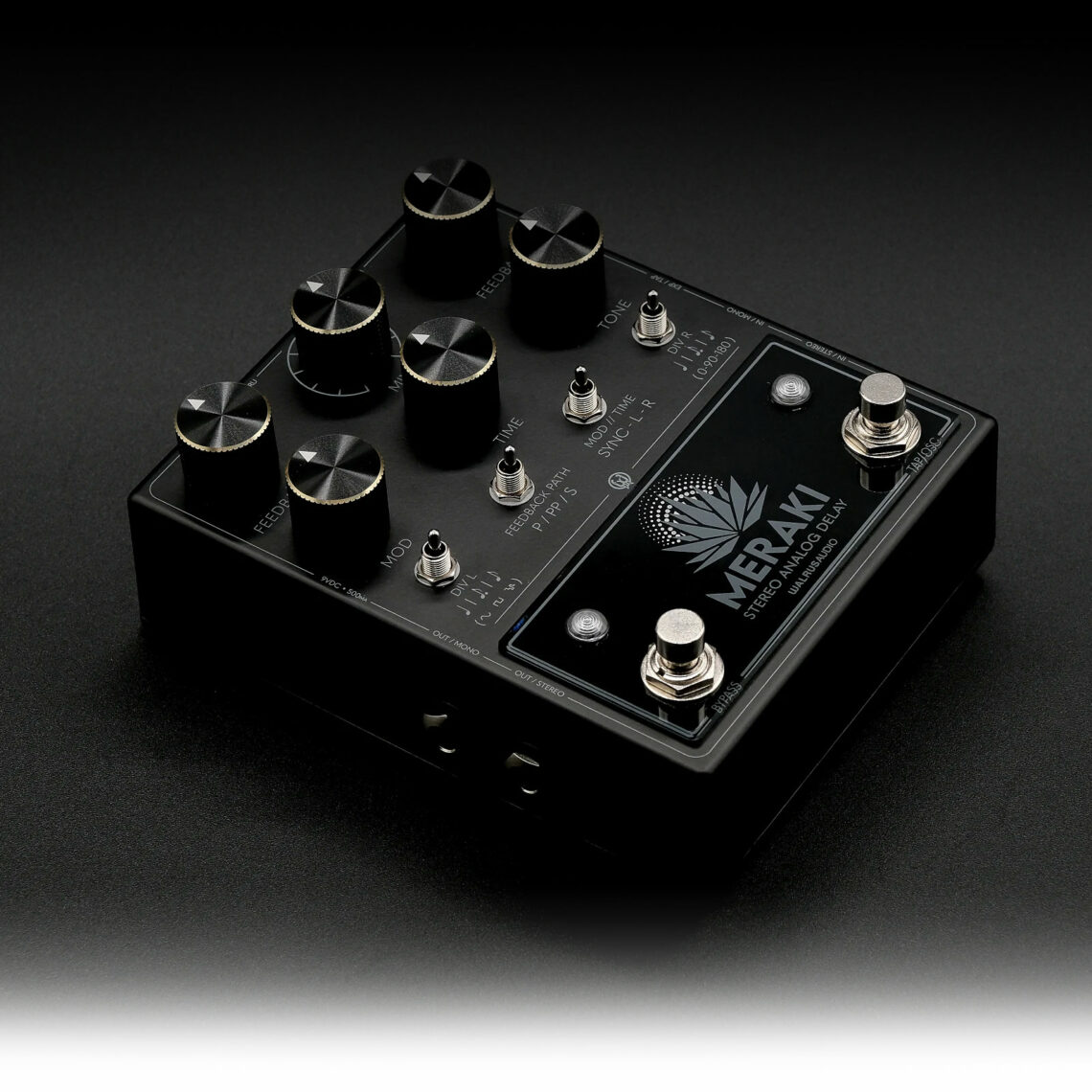
Walrus Audio Meraki Analog Stereo Delay Functions
Mix: Adjust the overall level of the repeats in both the left and right channels. Full Wet/Dry Mix; 50/50 is around 2 O’Clock. Note: This control adjusts the left and right simultaneously.
Feedback Left: Adjust the amount of repeats in the left channel, from a single repeat to full oscillation.
Feedback Right: Adjust the amount of repeats in the right channel, from a single repeat to full oscillation.
Mod Depth (Mod Rate): Use to adjust the depth of modulation in the repeats, creating a chorus/vibrato effect in the repeats. Hold the bypass switch and use the mod knob to adjust the mod rate.
Time: Use to adjust the delay time. Clockwise for longer delay times, counter-clockwise for shorter delay times. From 80-1200ms. Use 1/8th division for the shortest delay time.
Tone: Use the Tone control to adjust a Tilt EQ in the delay lines. Clockwise will cut the lows and boost the highs, and counter-clockwise will cut the highs and boost the lows.
Tap Division Left Switch (Mod Wave Shape): Choose between quarter note, dotted eighth, and eighth note repeats in the left channel. Hold the bypass switch and use the left division switch to choose between Sine, Square, and Random wave shapes.
Tap Division Right Switch (Mod Phase): Choose between quarter note, dotted eighth, and eighth note repeats in the right channel. Hold the bypass switch and use the right division switch to choose between 0-90-180 out of phase. 0 is in phase, for classic mod sounds, 180 is out of phase for a wide mod sound with the left rising while the right falls.
Feedback Mode Switch: Choose between Parallel, Ping-Pong, and Series delay lines.
Parallel: Left and Right feedback paths are independent of each other. Left repeats feedback into the left input. Right repeats feedback into the right input.
Ping-Pong: The Left repeats feedback into the right input, and the right repeats feedback to the left input; The repeats bounce from one side to the other.
Series: The Left repeats feedback into the Left channel and is sent to the input of the Right delay line as well. The right repeats, with the addition of the left repeats feedback into the right input. Use this mode to create interesting syncopated delay rhythms.
Sync/Left/Right Switch: Use to select which side of the pedal you want to adjust. Sync is both left and right, L is Left only, R is right only. This is where the magic of the pedal can happen. You can have fully independent time, divisions, mod depth/rate/shapes. With mismatched timings, I like to set the feedback JUST before it oscillates, then play with the divisions to create interesting pad-like sounds. Tip: Use MIDI to get really creative with how you adjust timings to create an instrument out of this pedal.
Bypass Switch: Use to turn the pedal on/off. Hold to enter secondary mode.
Bypass Modes: Trails (Default) or Relay (No-Trails). Hold Bypass while plugging in the power connector to change modes.
Tap Tempo Switch: Use to set the delay time. Hold to maximize the feedback (Oscillate) in the left and right channels, release to set back to levels on the feedback knobs.
External Tap/Expression: Use to control the tap tempo or use an expression pedal to control the time or modulation depth controls. Internal dip switch to change between external tap or expression.
Oh, and before you go. This pedal offers MIDI control. You perhaps may be new to MIDI. Check out how something like MIDI Clock is Useful for Guitarists.

